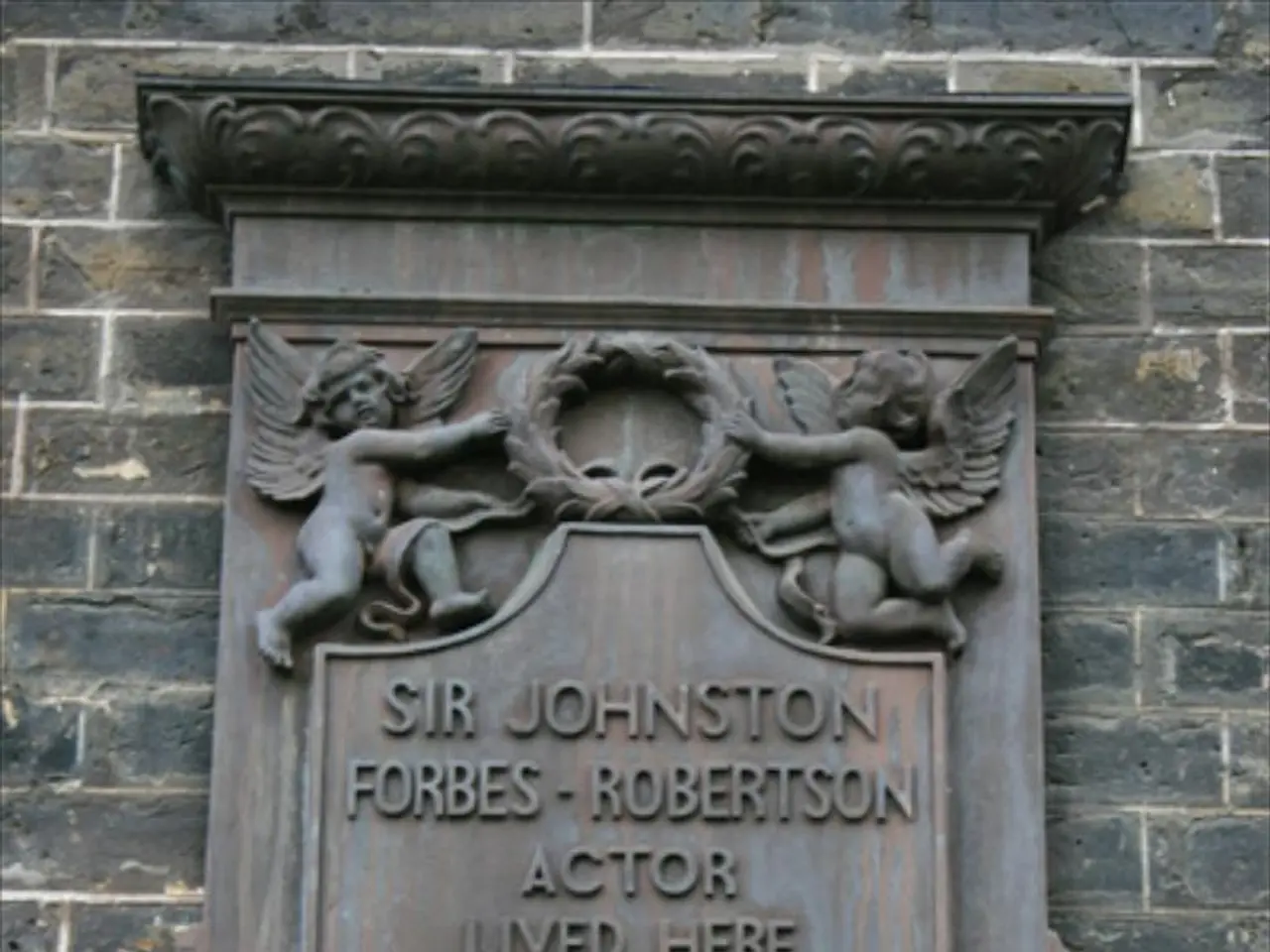Heir to the prince aims to resolve the enigma surrounding the diamonds
In the heart of Dhaka, a city bustling with life, lies a mystery that has been sealed away for over a century. The Darya-e-Noor diamond, a gem of immense historical and cultural significance, is believed to be locked inside a bank vault, along with a trove of other priceless treasures.
The Darya-e-Noor diamond, one of the most famous diamonds in the world, has a rich and storied past. Originally part of Persia's royal treasures, it was later worn by Sikh warrior-leader Ranjit Singh in 19th-century Punjab. The diamond eventually found its way to the family of the last prince, or nawab, of Dhaka.
In 1908, the then-nawab, Salimullah Bahadur, faced financial trouble and mortgaged his vast Dhaka estates, placing the treasures, including the Darya-e-Noor diamond, in a vault as collateral. The nawab's riverside pink palace of Ahsan Manzil, now a government museum, stands as a testament to a bygone era.
The diamond was seized by the British and eventually acquired by the Murad family, the current custodians of the diamond's legacy. Murad, the great-grandson of the last prince, lives in a sprawling villa in a wealthy Dhaka suburb. He describes the diamond as rectangular in shape and surrounded by more than half a dozen smaller diamonds.
Many suspect the jewels are long gone, and officials at the state-run bank are hesitant to open the vault out of fear of an empty vault carrying costs. However, the Bangladesh government has ordered a committee to unseal the vault to determine if the treasures still exist.
The 1908 court papers did not specify the diamond's carat weight, but valued it at 500,000 rupees, which equals about US$13 million by today's conversion. Shawkat Ali Khan, managing director of Sonali Bank, is keen for the vault to be opened.
Murad dreams of seeing the treasure for himself and hopes to discover if any of the century-old debt remains and whether they could reclaim the jewels. He believes that if anyone dies in debt, their soul never finds peace. The South Asian government's decision to unseal the vault has brought hope to Murad and many others who are eager to uncover the secrets that the vault has held for over a century.
The Darya-e-Noor diamond's fate remains uncertain, with questions about whether it was lost during the violence at the end of British rule in 1947, survived Bangladesh's war of independence in 1971, and the subsequent coups. Another diamond of the same name, the pink-hued Daria-i-Noor, is in Tehran as part of the former royal jewels of Iran.
As the South Asian government's committee prepares to unseal the vault, the world waits with bated breath, hoping to uncover the truth about the Darya-e-Noor diamond and the Murad family's treasures. The mystery of the sealed vault promises to be a captivating tale of history, family, and the allure of the unknown.
Read also:
- Upcoming iPhone Model: What We Understand Thus Far
- Diversity Among Varieties of Green: Each one has its uniqueness
- Top Trends: TheCompilation of Up-to-date Information in the World of Data News
- Renowned reproductive medicine expert, Dr. Nirmala Sadasivam, honored with the distinguished Dronacharya Award for dedicating 36 years of her career.








